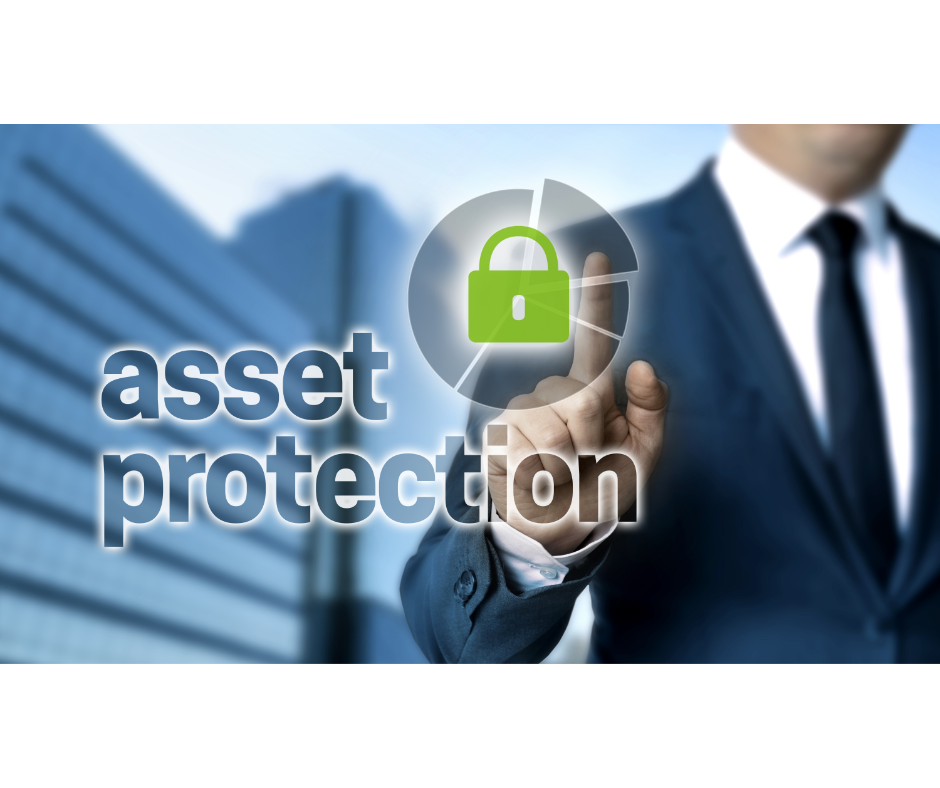
As a small business owner who puts in long hours to build your enterprise, it can sometimes feel like there is no separation between your personal and professional lives. You are probably willing to make this sacrifice to build a company that reflects your values and vision. But without a comprehensive asset protection strategy, everything you worked so hard to build could be lost if you are forced to pay money due to a claim or lawsuit against your business.
The best time to put asset protection strategies into place is before the need for asset protection arises. You can implement some of these strategies at your business’s inception. Other measures need to be consistently followed to maximally protect your personal assets.
Choice of Business Entity
The first step in safeguarding your personal assets from your business liabilities is choosing a business structure that limits personal liability. Corporations, including S corps and C corps, as well as limited liability companies (LLCs) and limited partnerships, provide protection for their owners’ personal assets. When a creditor goes after these types of entities for payment of a debt or lawsuit judgment, typically only business assets may be pursued. This is not true for sole proprietorships and general partnerships. The owners of these business types can be held personally liable if the business owes money.
Maintaining Business Protocols
Choosing the right business entity is an important first step, but if certain protocols are not followed, a business entity could lose its liability protection, exposing the assets of its individual owners to claims made against the business.
In some cases, courts will “pierce the corporate veil,” holding owners liable for claims against a corporation or LLC. Courts may permit piercing of the corporate veil in a variety of circumstances, such as when a business owner treats the company’s assets or funds as if they belong to the owner personally or when corporate formalities are not observed, such as holding regular meetings and recording the minutes.
Similarly, partners in a limited partnership are generally not permitted to play an active role in managing the day-to-day affairs of the business. If they do, a court may treat the partnership as a general partnership, resulting in the loss of its limited liability protection.
Something that all businesses can do to maintain personal asset protection is to keep company affairs separate from their personal affairs. This includes having separate personal and business bank accounts and never commingling the two, titling all business properties in the business’s name, and using the company name on business contracts and correspondence. In short, follow the law to the letter and draw a clear line between your personal and business finances to preserve your liability protection.
Business Insurance
You have insurance to protect you financially from car accidents, property damage, and health problems. Your business also needs insurance as a hedge against unforeseen circumstances. Insurance policies are available to cover almost any conceivable type of loss, from motor vehicle crashes and slip-and-fall accidents to professional malpractice and intellectual property infringements.
You will need to balance the cost of the monthly insurance premiums with the liability limits of the policy. Insurance will not cover every type of risk you might face. Certain actions or omissions on your part could relieve the insurer of its indemnification responsibilities. Talk with an insurance professional to better understand the coverage types and amounts that make sense for your business.
Exemptions and Trusts
You can use statutory exemptions to protect assets from bankruptcy or lawsuit creditors in every state. For example, the homestead exemption partially protects the value of a person’s home. Annuities and life insurance are commonly exempt from certain claims as well.
You can also place your assets in a trust to protect them from creditors. One strategy is to use an irrevocable trust. An irrevocable trust cannot be modified once created and places assets outside of your control. If you no longer legally own or control an asset, a creditor cannot come after it. Irrevocable trusts are also utilized for their tax shelter benefits.
A trust established for the express purpose of asset protection is another possibility. The most protective asset protection trusts are typically found outside the United States (i.e., an offshore trust). In an offshore asset protection trust, there are legal mechanisms that shield assets held in trust from a seizure of assets ordered by a US court. There is a downside, though, because the assets can be exposed to risks in the jurisdiction where the offshore trust is held.
There are domestic asset protection trusts as well, but fewer than half of the states offer them. And because domestic trust assets are located in a US jurisdiction, they may not be completely protected from liens, judgments, and other court orders, although there are some really good jurisdictions to consider and incorporate into asset protection planning.
Do not wait to put asset protection measures in place to avoid devastating losses. Choosing a business entity that walls off your personal assets, maintaining formalities and separation between your business and personal affairs, purchasing insurance, taking advantage of exemptions, and creating trusts are a few of the asset protection strategies we recommend to our clients. As a business attorney, I can help you explore these and other strategies and assist you with implementing an asset protection plan that best fits your personal and professional needs. Contact us to schedule a meeting.
